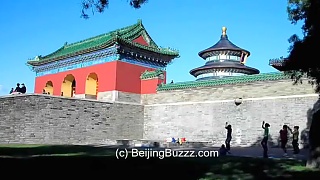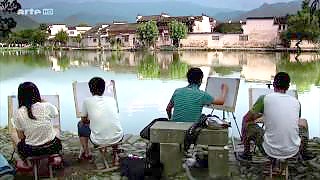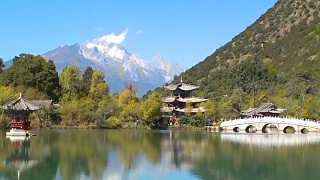A beautiful film of the scenic area around ÉMéiShān and LèShān Dàfó, SìChuān province.
Mount EMei is one of the Four Sacred Buddhist Mountains of China on which there are nearly 70 Buddhist monasteries.
At 71 meters (233 feet) in height, LeShan Giant Buddha is the largest stone Buddha in the world.
[640],shadow=true,start=,stop=
 The temples and natural landscape around Mount EMei 峨嵋山 and LeShan Giant Buddha 乐山大佛
The temples and natural landscape around Mount EMei 峨嵋山 and LeShan Giant Buddha 乐山大佛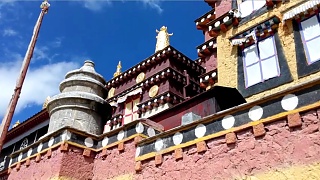
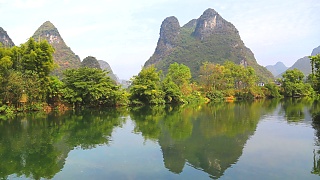
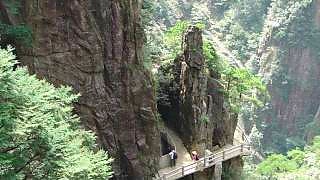
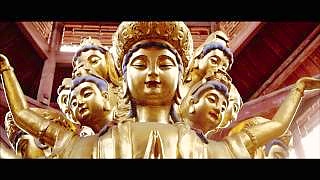
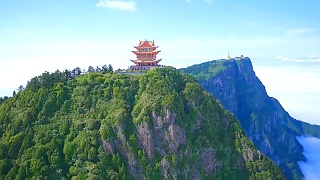
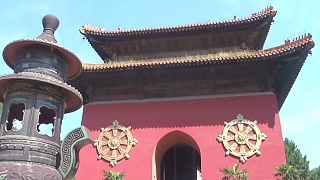
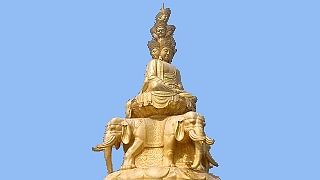



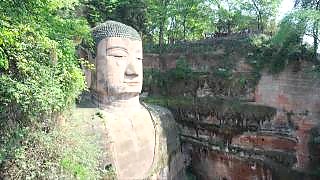
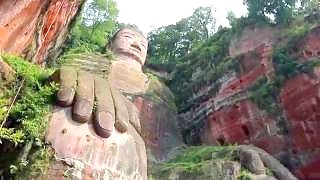
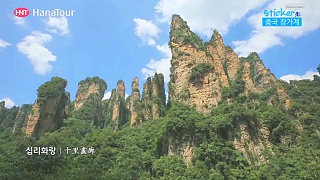

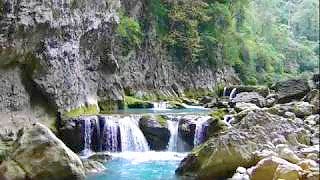
![[xvideo v=QRafITNPXIE][xvideo v=JKkr9qgsRNc] Awesome SiChuan 四川 province](https://img.youtube.com/vi/fZ3NVtIeYW0/mqdefault.jpg)
